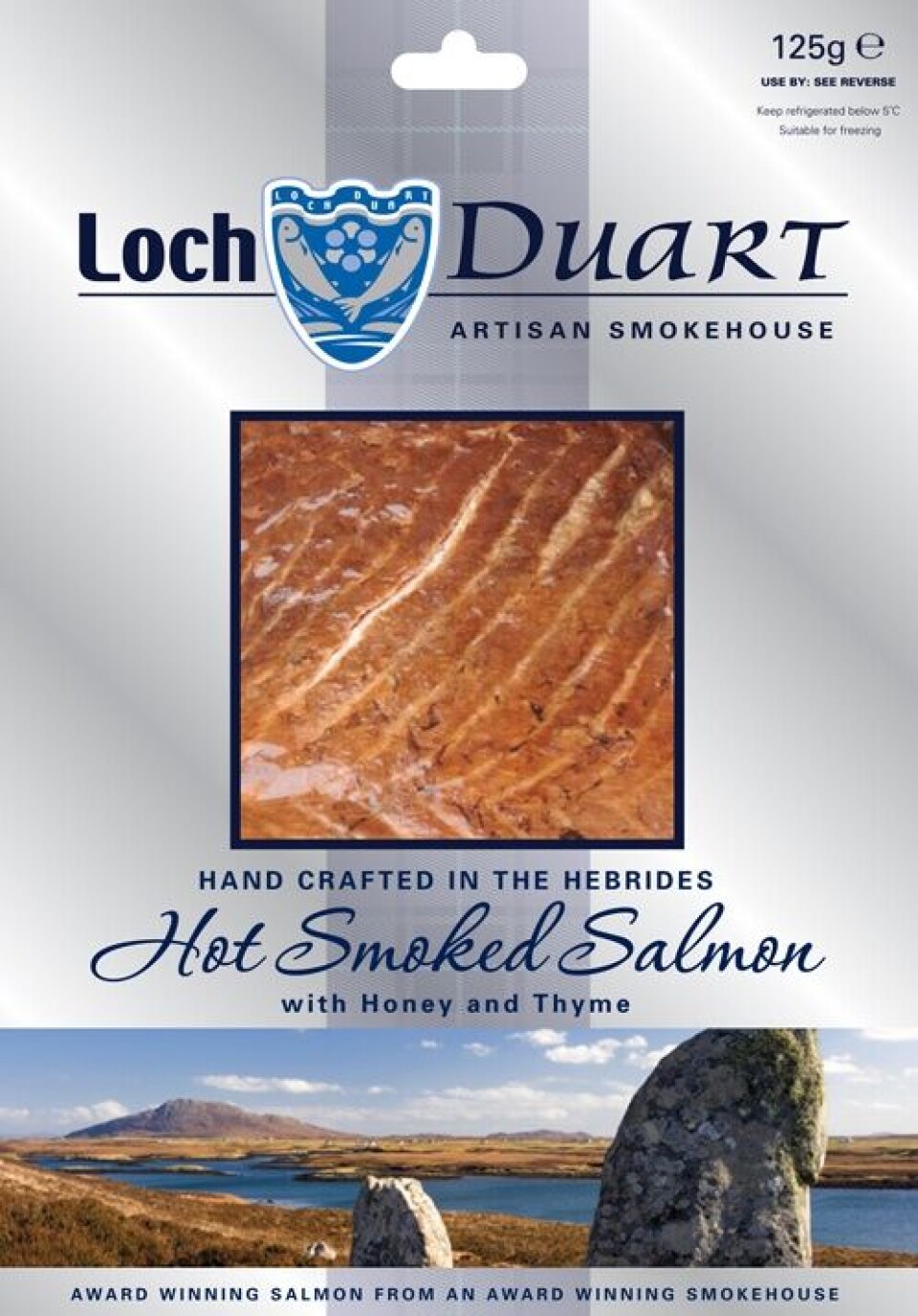
Chefs’ favourite under fire
An angling conservation group has written to some of the UK’s top chefs urging them to reconsider their endorsement of salmon produced by an independent Scottish company.
Salmon and Trout Conservation Scotland (S&TCS) penned letters to the likes of Raymond Blanc, Rick Stein and Gordon Ramsay asking them to examine the environmental record of Loch Duart Ltd in the context of their use of farmed salmon produced by the company and/or their endorsement of Loch Duart’s products.
Drawing on information collated by the Fish Health Inspectorate, the Scottish Environment Protection Agency and Marine Scotland, the S&TCS has examined the environmental record of Loch Duart Ltd’s farms in the north-west Highlands.
The region of the north-west Highlands between Inchard and Kirkaig, where only Loch Duart Ltd farms salmon, has experienced severe sea lice control problems between 2013 and 2015.
According to S&TCS, SEPA records from 2013 to 2015 “show very extensive chemical treatments and heavy mortalities, due at least in part to sea lice infestation, and what appears to be the movement of already liced farmed fish between farms (contrary to best practice).”
Andrew Graham-Stewart, Director of S&TCS, commented: “We want Britain’s leading chefs to examine Loch Duart’s record for themselves and reconsider endorsing publicly salmon produced by a company with such a poor environmental record of sea lice control. Loch Duart Ltd may aim ‘to lead the way in environmental stewardship’, but we would ask these top chefs to look at the record for themselves.”
When it comes to sea lice control, Loch Duart’s farms in the north-west Highlands were collectively above the industry’s threshold (based on the number of adult female lice per farmed fish) in no less than 31 out of the last 33 reported months, says the S&TCS, despite the producer using at least 63 chemical treatments.
Mr Graham-Stewart continued: “Between 2013 and 2015, it has only been when the biomass of farmed fish held across all Loch Duart’s sites in the north-west Highlands dropped below 600 tonnes, that the industry’s lice thresholds were achieved collectively across all those farms. Otherwise it appears that the company has not been able to keep sea lice within acceptable levels. Consequently there can be little doubt that some or all of Loch Duart’s farms have been releasing huge numbers of juvenile sea lice into the surrounding sea loch environments with serious implications for local wild salmon and sea trout populations.”























































